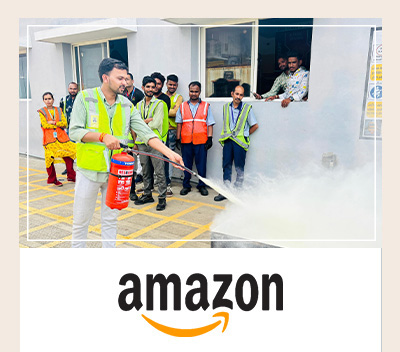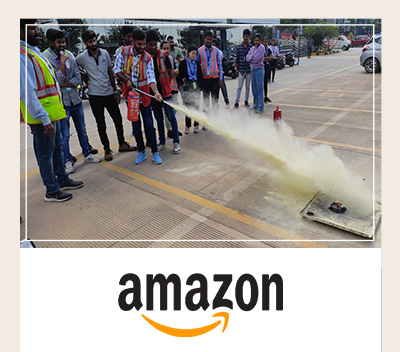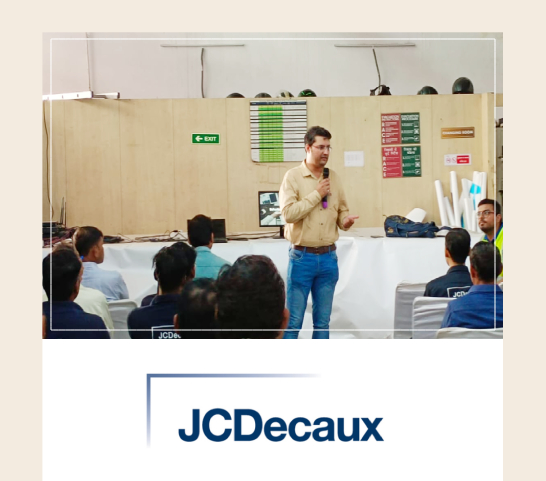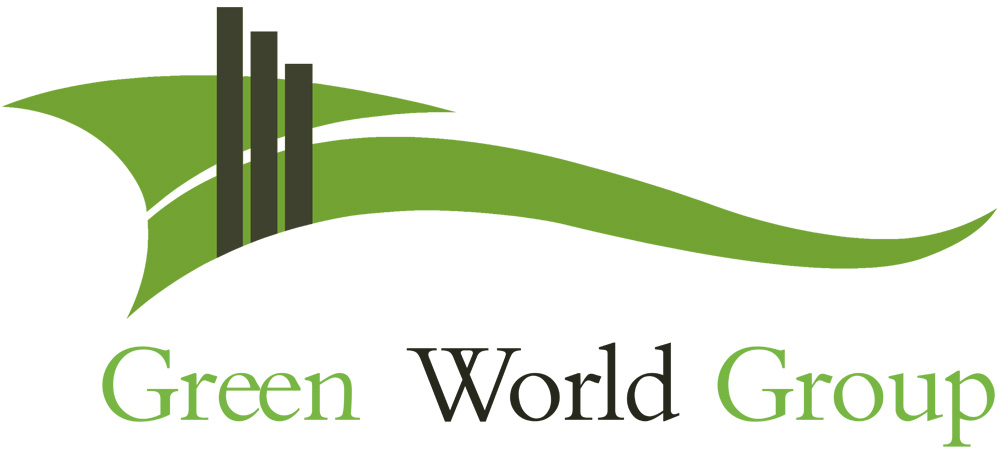What is Quantitative Risk Assessment (QRA)?
A Quantitative Risk Assessment (QRA) is a defined and organized methodology for quantifying the risks that are related to an engineering process. It is considered a vital tool in knowing the exposure of risk to employees, the environment, property and the company’s reputation.
With QRA study in place, you can make economic decisions and effectively deal with risks throughout the asset lifecycle.
Objectives of a QRA study
- Recognize the hazards related to a facility.
- Find out the potential occurrences and impacts of the hazards that are identified.
- Analyze the system availability of the protection systems.
- Quantify the risks linked with a facility say for example: Risk Contours, Potential Loss of Life (PLL) Individual Risk Per Annum (IRPA), and F-N Plots.
Different risk management techniques in the process industries are covered in this course. Some of the major topics that are included in this course are:
- Qualitative (Q) risk assessment
- Semi-Quantitative (SQ) risk assessment
- Quantified Risk Assessment (QRA)
Quantitative Risk Analysis Methods
1. Identifying QRA scenarios
Hazards that exist within the facility will be identified via hazard studies such as HAZID. The results of such studies are utilized as initial points for determining the scenarios to consider in the QRA.
Since the hazard study focuses on ranking qualitatively the anticipated frequency and potential impacts of identified hazards, the QRA emphasizes the major hazards only.
2. Frequency Evaluation
To find out the occurrences of releases from an isolatable segment, the process involves counting the equipment items in every section and multiplying them by equipment release occurrences from published databases.
An array of hole sizes is needed for gaining varied results and this gives a realistic representation of the diverse release sizes that may happen.
3. Consequence Evaluation
There are wide ranges of approaches used to evaluate the effects of the resulting fires, gas dispersion, explosions, and more. The people vulnerable to these physical impacts will be figured out through the probability of fatality with suitable criteria.
This consequence evaluation is also beneficial in determining the possible escalation circumstances that could end up with further notable consequences.
4. Risk analysis
The consequences and frequencies obtained in the above steps are collectively used in an integrated QRA model for deriving numerical risk values. Typically, offshore QRA is performed using spreadsheets, while on the other hand, onshore QRA is carried out with commercial software.
It is simultaneously essential to analyze other non-process hazards such as personnel transport, ship collision, workplace hazards, aircraft impact and natural hazards. There is a specific approach for risk analysis for each hazard.
The calculated risk values are added to know of the potential consequences and displayed in the necessary format.
Generally, offshore risk is derived in terms of Potential Loss of Life (PLL) and Individual Risk Per Annum (IRPA). Onshore risks are used to calculate Location-Specific Individual Risk (LSIR) and FN curves to take into consideration the societal risks and IRPA.
5. Risk evaluation
The importance of the calculated risk levels is assessed by performing a comparison of them with the risk acceptance criteria of the country and company. The major contributors to the overall risk are identified for deploying improved actions and it is also helpful to get the greatest risk reduction.
Advantages of Quantitative Risk Analysis
- Evaluating the likely accident situations that include possible outcomes and initiating & controlling factors.
- Calculated fatalities that cover individual, group and societal risk.
- Economic losses can be forecasted.
- Environmental impacts can be known.
- Risk to particular primary safety operations.
- Derived inputs to operational restrictions and design demands.
- Identifying and evaluating preventive and improvement methods.
- Determining the requirement for safety barriers.
- Impacts of uncertainties and assumptions.
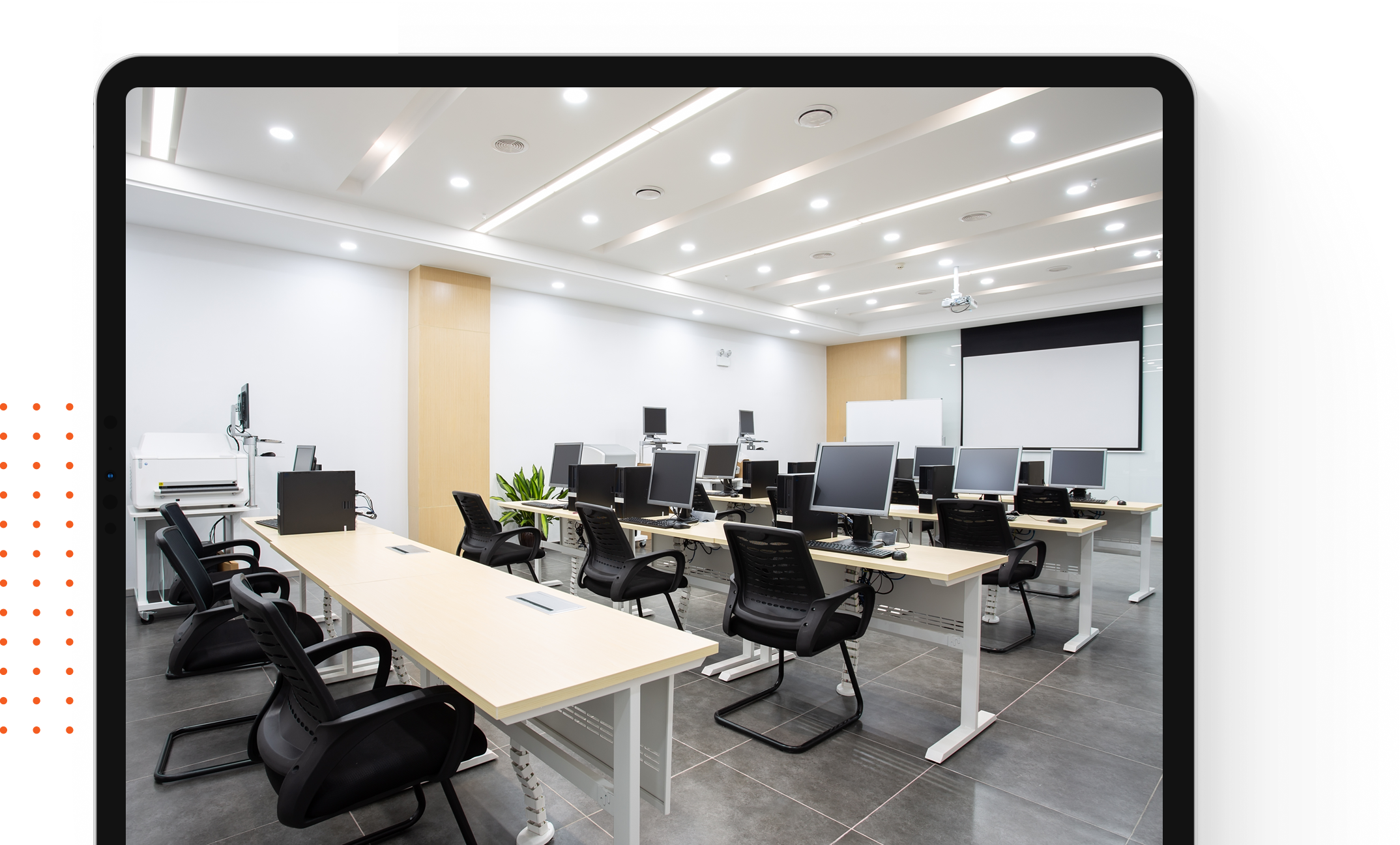
Training by
Green World
Green World
Green World is a global leader in health and safety consultancy and training solutions. Equipped with 30+ years of rich experience in the industry, we empower organizations with the essential tools and knowledge to tackle emerging challenges and drive improvements in workplaces that fulfill the higher standards for safety. We have the distinctive ability to offer tailored solutions that aid in accomplishing a well-defined Health & Safety Management system that addresses the potential scenarios in the organization.
Our recent projects
Our recent projects
Green World has now evolved into a strategic market player for staffing solutions on turnkey HSE projects across MENA and Pan-India. Our HSE culture is built on trust, service delivery, and safeguarding the well-being of our people, communities, and environment.
Considering the challenges virtual training has, Mr. Varun really excelled at keeping everyone engaged, without causing fatigue. This class was still effective and very informative. Trainer was excellent, well informed, engaging, patient, and even funny at times.
Pradeep Mohan
Manager – IHM and Consultancy Division
Green world have shown absolute professionalism in providing end-to-end solution by providing qualified HSE manpower for our shutdown and maintenance projects and ensured that business continuity is maintained in the most critical time. A delight to work with such a wonderful team. All the very best.
Shamrose Yaqoob
EHS Specialist – SIEMENS LLC, Dubai, UAE
It is always a pleasure for Vanderlande to work and get associated with Green World Group. The team is extremely supportive and has always catered to all the training requirements of Vanderlande. Green World Group is very reliable and ensures to provide excellent quality of trainings with highly qualified trainers. We are truly happy to be associated with GWG.
Sheetal Gaur
Sr. Lead- Learning and Development, Team HR Vanderlande
Get Your Query Answered / Get Expert Assistance To Choose the Right Course for You Or Your Associates

